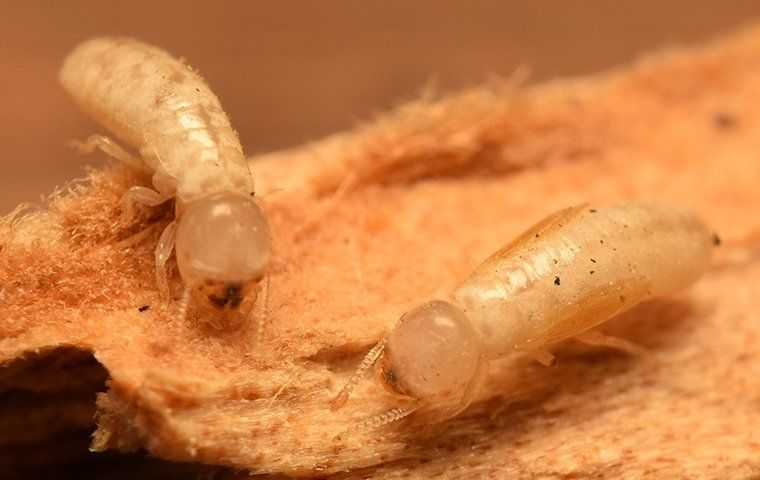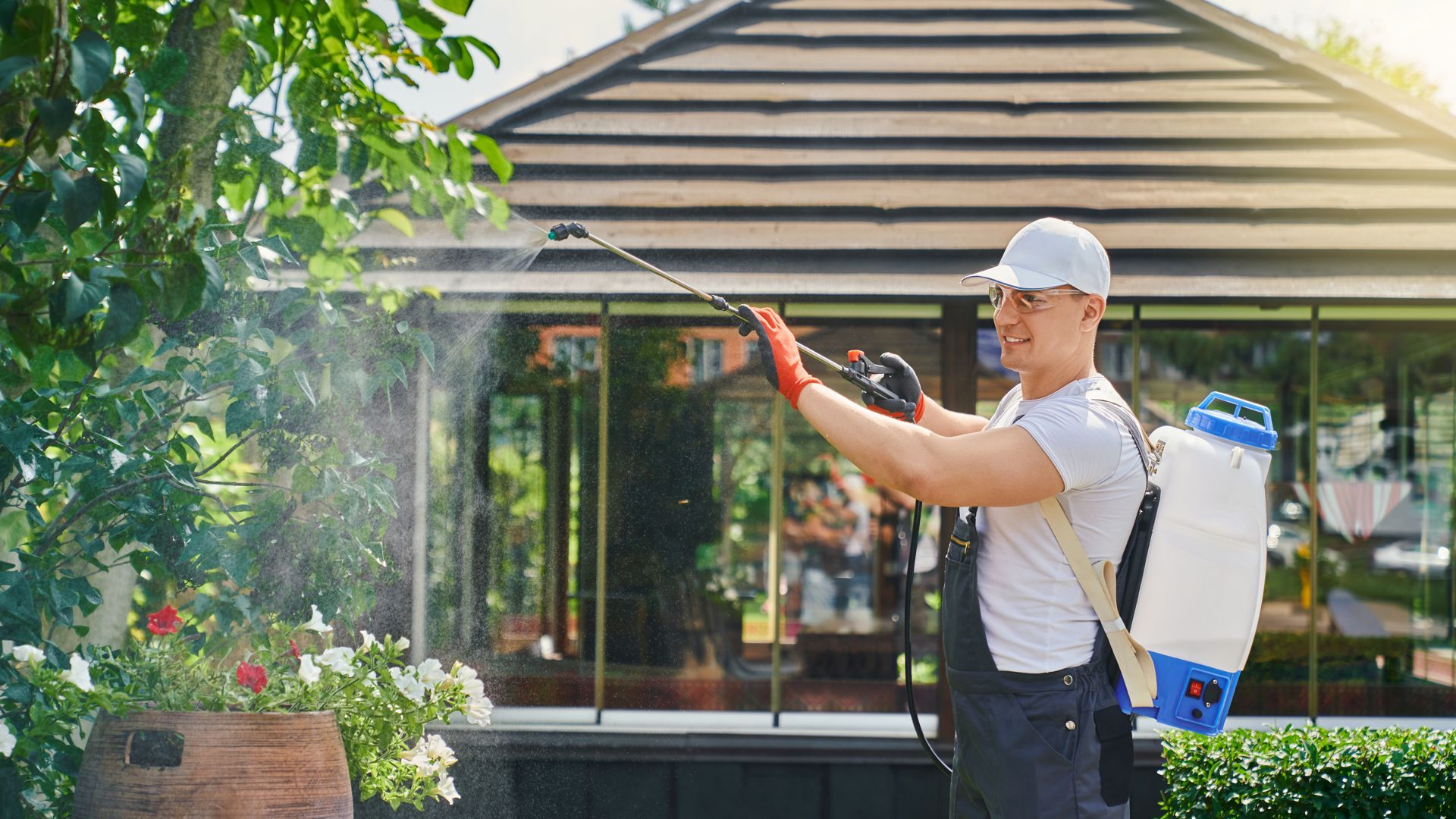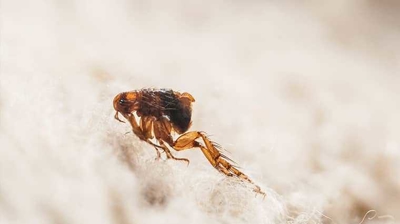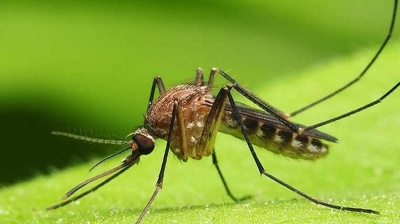
Termite Control 101: An Identification And Control Guide For Orange County Propertie

In Orange County, it isn't a matter of "if" but "when" termites will damage your property. Problems with these insects are the downside to living in a temperate climate. But you don't have to allow termites to damage your property. Avoiding termite damage is easy.
Join us today as we examine all the facts on termites. We'll look at the kinds of termites in our area, how they behave, and what warning signs they provide. We'll share a few insights into how they cause trouble and what you can do to counteract their natural tendencies. Most of all, we'll tell you the methods used by the experts to fix a termite problem.
If you have questions or need immediate assistance with professional termite control in Orange County, remember that The PEST Group is here to help you with all your pest concerns.
How To Identify Termites: Types, Behaviors, And Warning Signs
Orange County has three termites—subterranean, drywood, and dampwood. Most subterranean termites require contact with the ground and will go in and out of your home. Drywood and dampwood termites do not need contact with the ground. They can live inside the wood in your house. Of the two, dampwood termites are the easiest to control because they require high humidity and damp conditions. When looking for termites in your home, each of these termite species will provide different signs:
- Subterranean termites may create shelter tubes on foundation walls and other surfaces. These tubes usually look like wiggly mud lines. If several tubes are on top of each other, they may create a column of mud.
- Drywood termites can make holes for you to see, but this is rare. More often, you can detect them when frass appears. Frass is their waste material.
- Dampwood termites act a bit like subterranean termites but don't create shelter tubes and sometimes produce visible frass. Look for damage to damp wood, such as logs, stumps, and water-damaged wood in your home.
All termites produce swarmers. If you see swarmer termites, it indicates a nearby termite nest, which is also likely to be several years old.
Swarmers are about 3/8 of an inch long—the entire length of the insect from head to tail. They're usually easy to see when gathered in a swarm because of their unique wings, but they're a little harder to see by themselves due to their size. Swarms happen quickly- they can come and go in minutes. During the mating process, the swarmers shed their wings. You may find these as a warning sign of an infestation.
The primary reason termites are so destructive is that they are so sneaky. We don't recommend waiting for a termite infestation in Orange County before taking proactive steps to alter the conditions above or getting a professional termite control solution.
Devastating Effects: Understanding The Potential Damage Of Termites
When termites enter your yard, they'll relentlessly search for food. Termite workers don't sleep; they are simple organisms that don't require sleep. As they continually look for food on your property, their populations will grow in response to the food they find. Here are a few factors that can make a bad problem worse:
- A brush pile
- Logs
- Stumps
- Dying trees
- Campfire wood on the ground
- An old wooden fence
- Wood-to-ground contact
- A clogged gutter system
- Wooden landscape structures
- Tall grass near wood
- A pile of cardboard
These conditions can send a signal to the queen in the heart of her colony and inspire her to produce more offspring. She'll also do this faster. As she does, she may send out reproductive to create a satellite colony, which can make things worse for you. Let's take a look at how you can use this knowledge to help you prevent a problem.
Prevention Is Key: How To Remove Factors That Attract Termites
Termites go where there is food. When they find food, the colony grows in response. It is a simple formula—and a formula that you have some control over. Long before you see signs of termites in your home, you can take steps to remove termite food and avoid attracting the attention of termite workers. Let's build off what we discussed earlier:
- Do you collect dead branches from your yard and store them? When you pick up any wood in your yard, store it in a container so it doesn't sit on the soil.
- Do you have logs on your property? If so, consider having them cut up and removed.
- If you have stumps, you can contact a contractor to have the stumps and roots addressed.
- Do you have any unhealthy trees on your property? Contact a tree doctor to nurse them back to health and make them resistant to termites. Termites prefer decaying wood.
- Do you have a fire pit in your backyard? If so, the wood you use for your fit pit can attract termites. Store the wood on a raised platform or rubber matter so that worker termites have to create mud tubes to get to the wood. When they do, you'll detect them.
- Do you have a wooden fence? As the wood ages, it will attract termites. To solve this issue, replace wood fences with vinyl fences.
- Does any of the wood from your home or other structures in your yard touch the soil? For example, do you have a wooden skirt around your house, a wooden barrier for a crawl space, or a wood base for your shed? Address any wood-to-ground contact by replacing wood with other materials and placing wood structures on concrete foundations.
- Does your gutter system have plants growing out of it? It happens. Debris gets in there and turns to soil. The soil captures seeds, and plants start to grow. These clog your gutters and allow rainwater to pour over the sides. A gutter cleaning can prevent this, and doing so will help you keep the wood near it from rotting. Nothing attracts termites faster than rotting wood.
- Do you have wood flower pots or flower beds? Do you have wood ornaments or borders? Replace wood with other materials or elevate these items and get them off the ground.
- Do you have areas of overgrowth? Plant overgrowth can lead to humid or damp conditions, which can decay wood and promote termite activity in the soil.
- Do you have a junk pile? Termites don't just eat wood. They eat cardboard, paper, clothing, and other materials that contain cellulose. A junk pile can draw termites onto your property. Consider storing junk in trash receptacles or remove it from your property if you can. If these aren't viable options, lay a material on the ground to create a barrier that is resistant to termites.
While all of these tips will help deter subterranean and dampwood termites, drywood termites require a different approach. The key deterrent for drywood termites is exclusion work. Use caulk and expanding foam to seal every possible entry point into your home.
Calling in the Experts: Professional Termite Control
What does professional termite control look like? Termite control can be preventative or reactive. You can get it before building your home or wait until your floors are sinking because of termite damage. And, of course, there is everything in between. You can contact a termite control service provider at any point.
- If you contact The PEST Group, you will find several ways in which we stand out from the competition. Here are some of the services we provide:
- If you're buying or selling a home, we can perform an inspection and provide a WDO report.
- If you purchase a home with termite control, we can take over the bond.
- We can install a termite bait solution for ongoing monitoring and colony elimination if you don't have termite control.
- We can perform a perimeter treatment around your entire home to address subterranean and dampwood termites.
- If you want to keep drywood termites out of your home, a general pest control service plan is the way to go. We provide routine crack and crevice treatments that help keep insects out.
- If you have an extensive drywood termite infestation, we may suggest fumigation services. The gas penetrates the pores and eliminates the termites where they hide.
- We may use a foam treatment if you have a small and isolated termite infestation inside your home. We also use drilling and probing to target galleries and nesting areas.
- If you have termite damage, we can provide wood replacement and repair.
Do you live in Orange County? If so, contact us today for termite control services or termite fumigation. When it comes to dealing with termites in Orange County, The PEST Group offers comprehensive services, and we go the extra mile to make sure you get the results you want. It is easy to get started. Connect with us online by hopping over to our Contact Us page. You can tell us how we may help you using our simple form; we look forward to hearing from you.
Our certified pest experts will work with you to find the best solution for your needs. Simply fill out this form for a free, no-obligation estimate.
What Our Customers Are Saying
-
“No complaints from me I would use them again when needed.- Chuck C.
” -
“Luis and his crew did a professional job from start to finish”- Manuel R.
-
“From start to finish, the process was just amazing.”- Ellen C.
-
“I was treated like a king.”- Tod B.
-
“Will never user another Pest Control service.”- August O.
-
“They called me so I could set my alarm and close my gates, and even brought in my trash.”- Robert M.
-
“Quick, efficient, competent and made you feel comfortable about leaving your home in their hands”- Darren S.
-
“Pest group has done several of our rental properties along with our own home. I have several plants and bushes next to the building and they went above and beyond to protect them.”- Wendy J.





